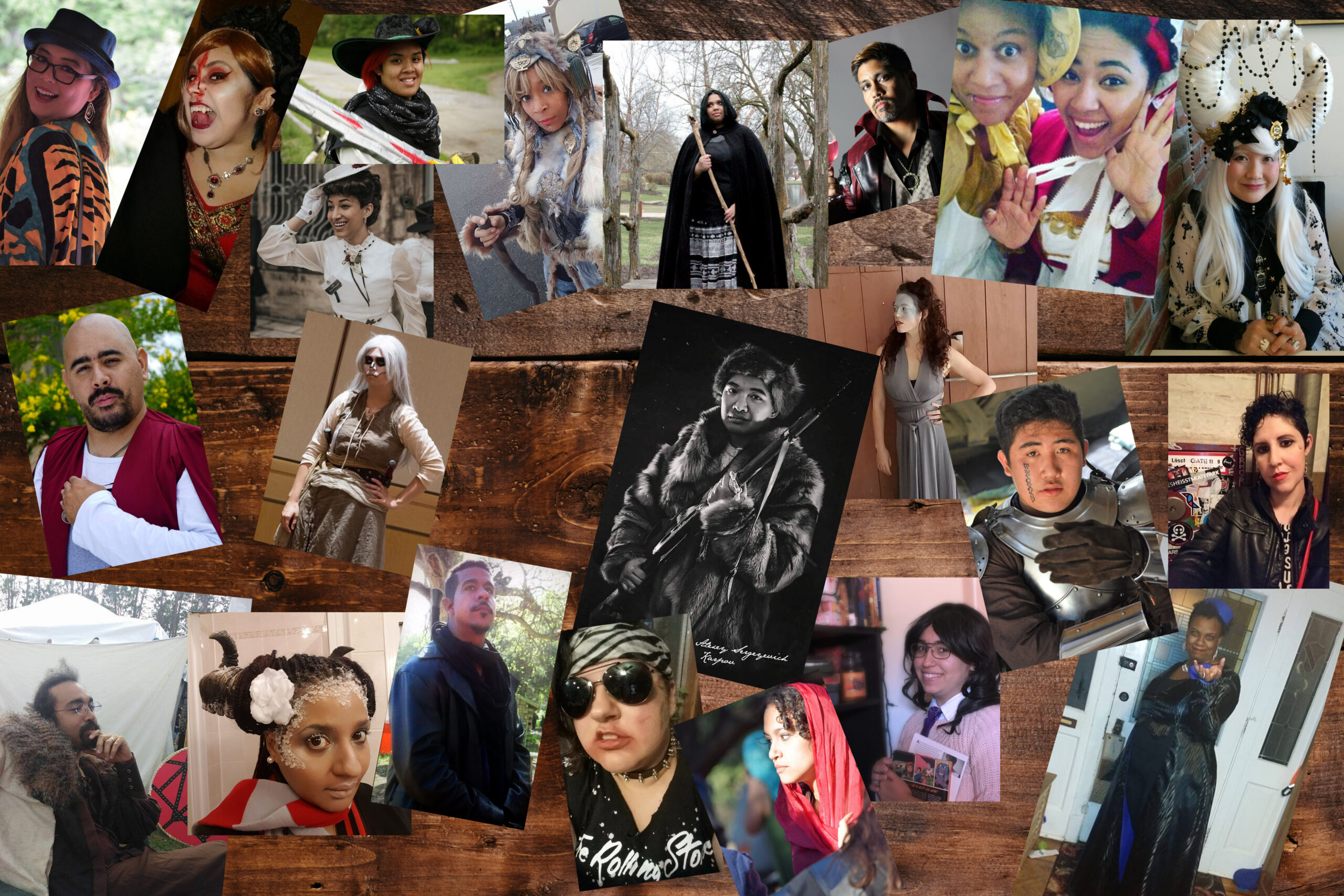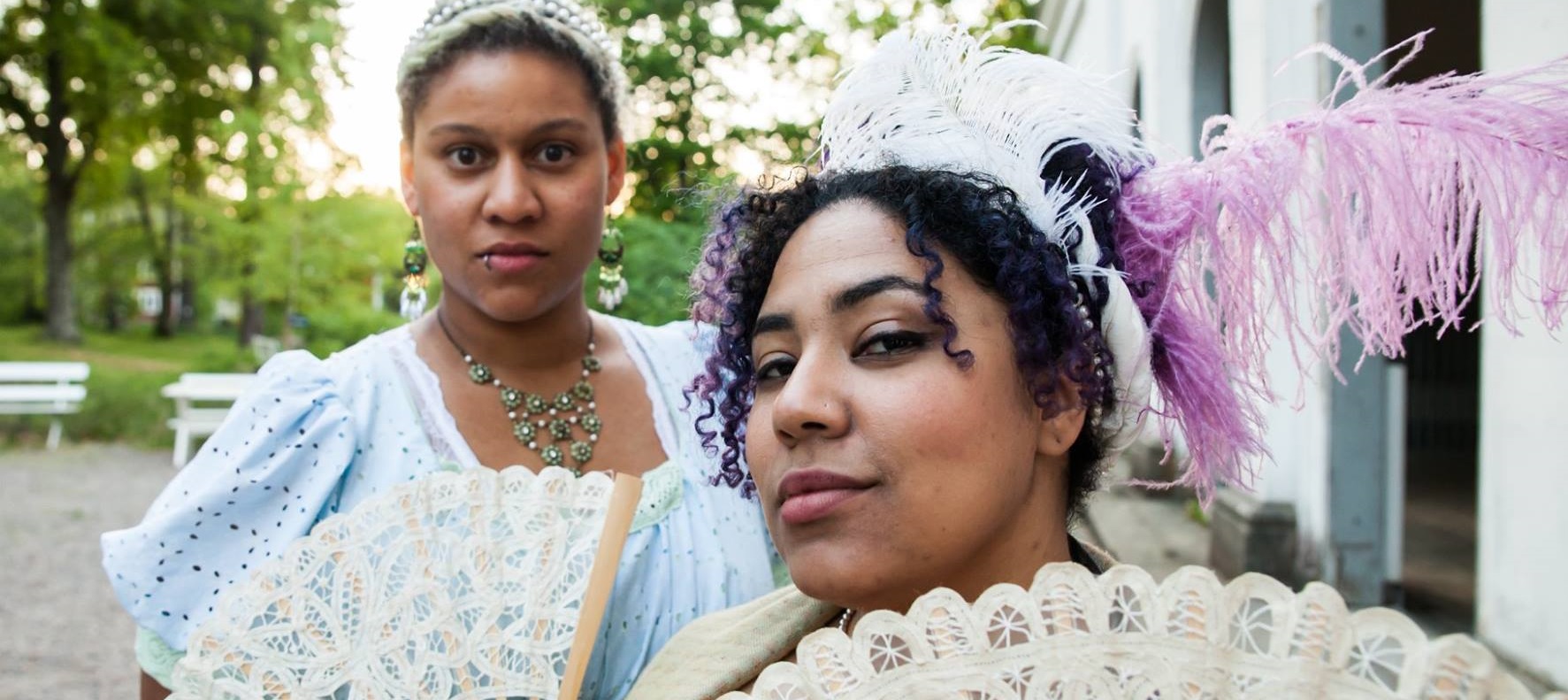Author: Jonaya Kemper

-

Steering for Survival
Larp as a medium can tell serious and nuanced stories, but doing so requires us to be brave together.
-

Wyrding the Self
in
Wyrding the self is the sustained effort to decolonize your body from the mythical norm, and begin the process of identity alteration.
-

More Than a Seat at the Feasting Table
in
As Larp as a medium of experience design and performance begins to take traction globally as a source of entertainment, increasingly larp communities are facing a problem that cannot be swept aside any longer: there is a distinct lack of inclusion of people of color in all levels of larp. In order to include people…
-

The Battle of Primrose Park: Playing for Emancipatory Bleed in Fortune & Felicity
Fortune & Felicity was an opportunity to immerse into a world, explore my academic interests, add to my fieldwork, and experience emancipatory bleed.